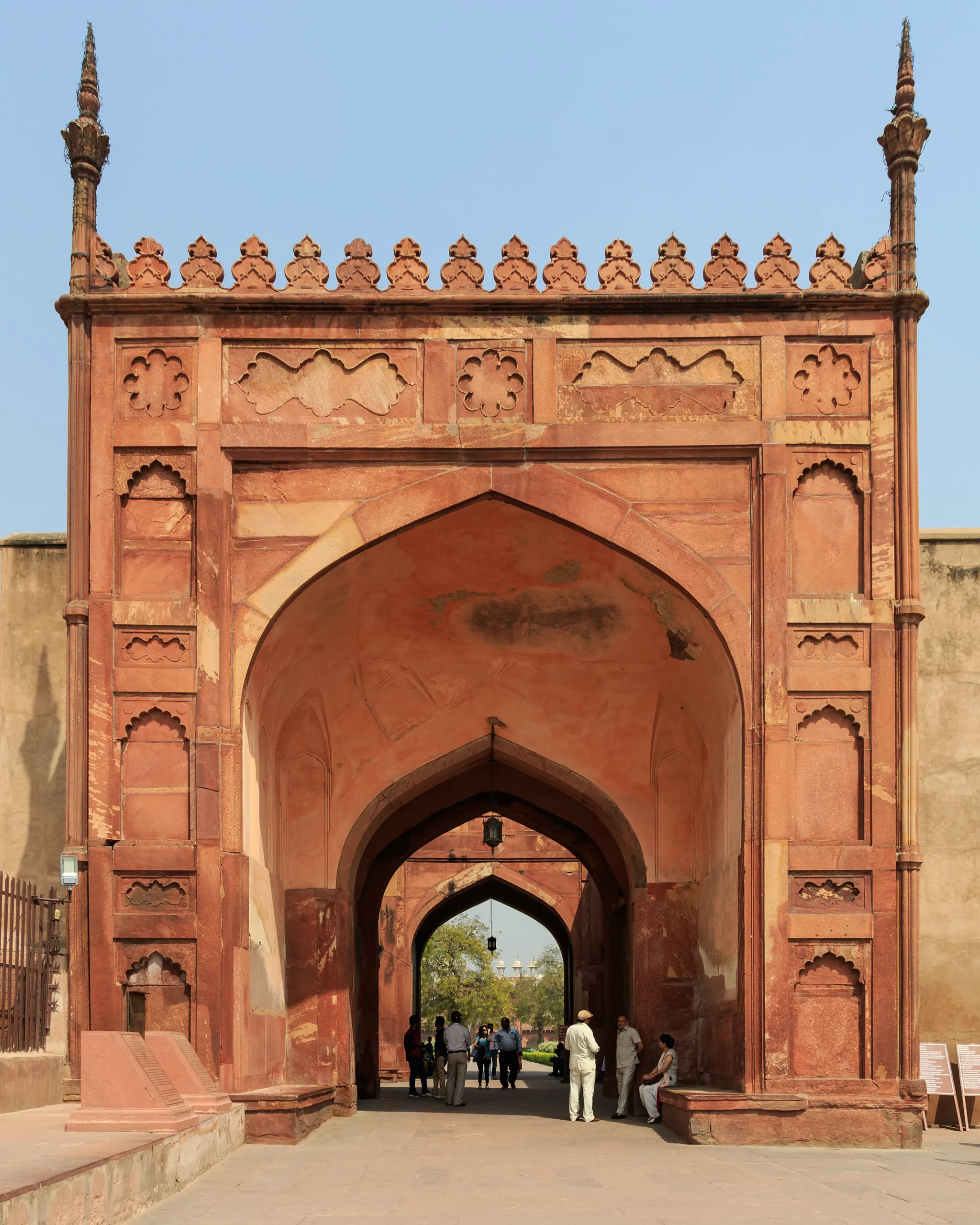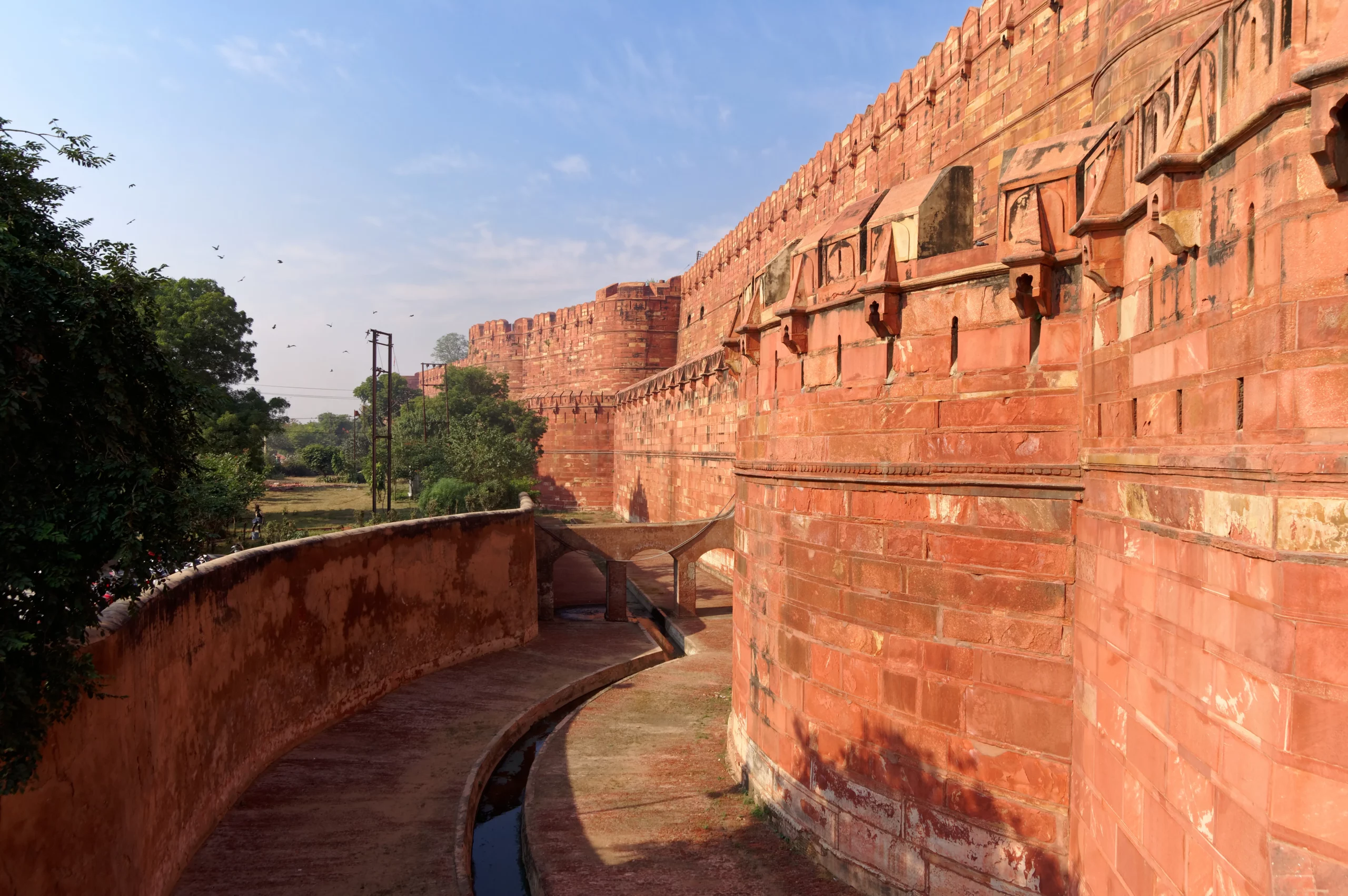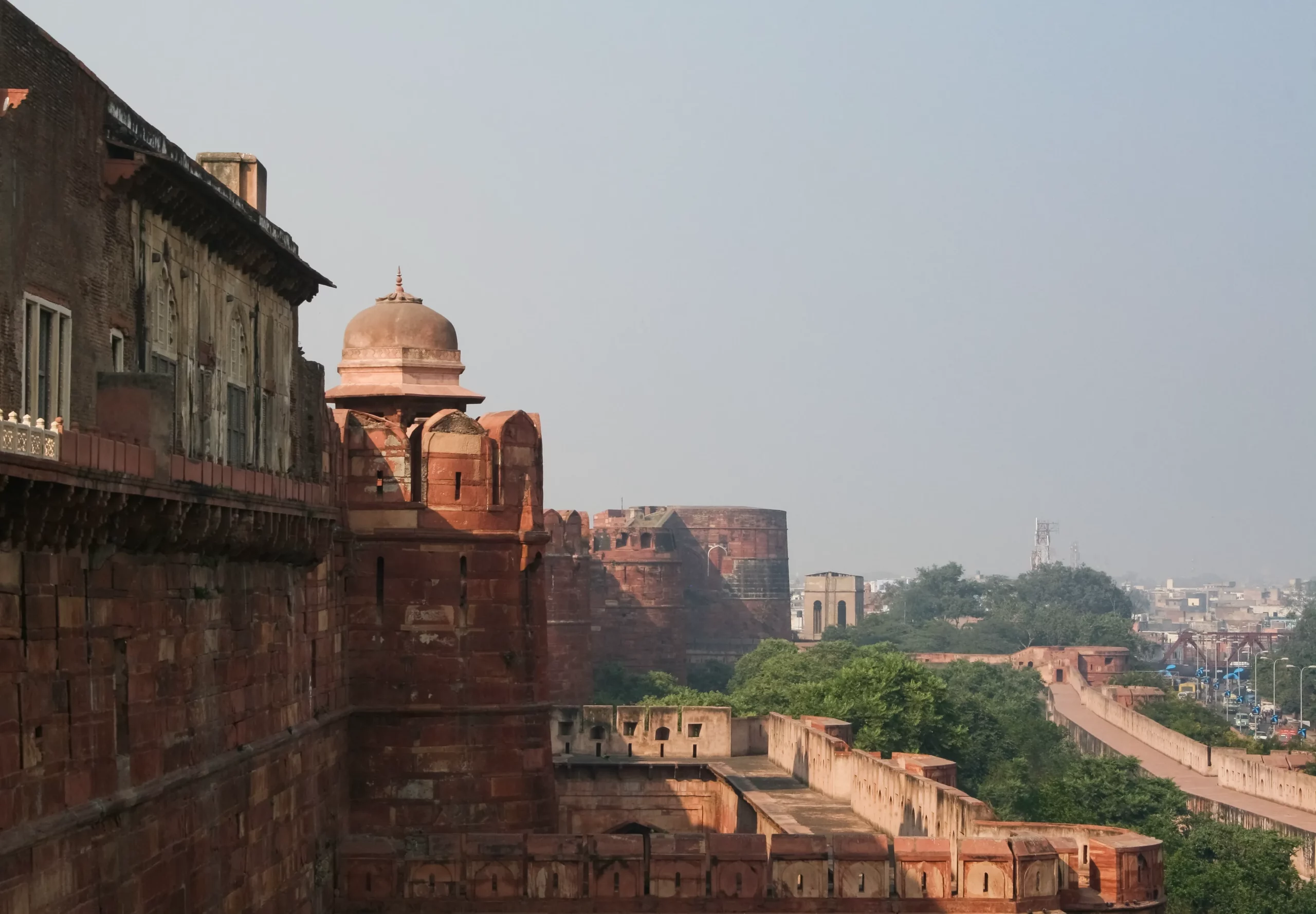The Historical Significance of Agra Fort
Agra Fort, a UNESCO World Heritage Site since 1983, stands as a testament to the architectural grandeur and historical importance of the Mughal era. Located approximately 2.5 kilometers from the iconic Taj Mahal, this fort has witnessed numerous historical events and transformations that have shaped the region’s history.
Get your dose of History via Email
A Fort with a Rich History
Originally occupied by the Chauhan Rajputs in the 15th century, Agra Fort saw significant changes when Sikandar Lodi made Agra his capital in 1487. The fort became even more prominent after the Mughals took control following the First Battle of Panipat in 1526. Emperor Humayun was crowned here in 1530, marking the beginning of a long association with Mughal rulers.

Architectural Transformations Under Akbar
Recognizing its strategic importance, Emperor Akbar chose Agra Fort as his capital upon his arrival in 1558. He commissioned a massive reconstruction project, turning the existing brick fort into a formidable structure of red sandstone. Completed in 1573, the fort became a symbol of Mughal strength and architectural innovation.
Shah Jahan’s Influence and the Shift to Marble
The fort underwent further transformations under Shah Jahan, Akbar’s grandson, who had a penchant for white marble. During his reign, the fort saw the addition of exquisite marble palaces, contrasting with the red sandstone structures of his predecessors. Shah Jahan’s architectural contributions significantly altered the fort’s aesthetic.

The Fort’s Role in Later Historical Events
Throughout the 18th century, Agra Fort changed hands multiple times between the Jats, Marathas, and eventually the British in 1803. Each ruler left their mark on the fort, contributing to its rich historical tapestry. The fort also played a crucial role during the Indian rebellion of 1857, marking a pivotal moment in India’s struggle for independence.
Architectural Marvels Within the Fort
The fort is renowned for its robust construction and magnificent gates, particularly the Delhi Gate and the Lahore Gate, also known as the Amar Singh Gate. Inside, the complex includes numerous palaces, such as the Jahangiri Mahal and the Khas Mahal, and the Diwan-i-Aam, where emperors would hold public audiences.

A Living Legacy
Today, Agra Fort stands not only as a powerful symbol of India’s rich history but also as a testament to the architectural prowess of the Mughal Empire. Its strategic location and historical significance make it a crucial chapter in the story of the Indian subcontinent.
In conclusion, Agra Fort is more than just a fort; it is a historical document in stone, chronicling the rise and fall of empires, the shifts in architectural tastes, and the enduring legacy of the Mughal era in Indian history.
Sources:

